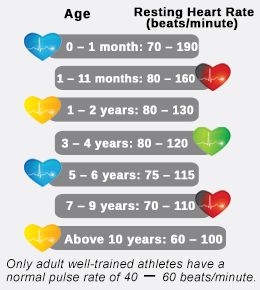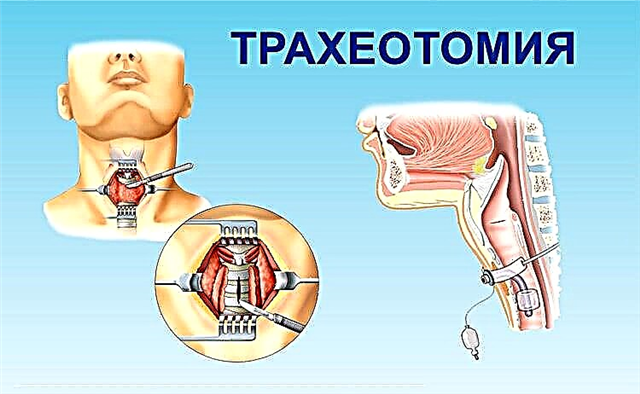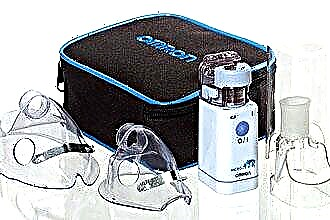Sinusitis (sinusitis) is an inflammation of the mucous membrane in the maxillary (maxillary) sinuses. The causes of the development of the disease can be infections (bacterial or viral), hypothermia, the consequences of acute respiratory infections. Often this is facilitated by a weakened human immunity, anatomical disorders in the nasal cavity (defects of the nasal septum, adenoids), the presence of diseases close to the sinuses of the teeth. In this article we will consider what the temperature is with sinusitis.
Temperature with sinusitis and the development of the disease
 Like most inflammatory processes, sinusitis most often occurs against the background of hyperthermia in the patient. By what temperature is with sinusitis, you can determine the severity of the disease and the presence of complications.
Like most inflammatory processes, sinusitis most often occurs against the background of hyperthermia in the patient. By what temperature is with sinusitis, you can determine the severity of the disease and the presence of complications.
- If the temperature with sinusitis is subfebrile, slightly above normal (but not more than 37 degrees), then the ailment is in a mild stage, or in a chronic form without exacerbation. In addition, in this case, there is a danger of a fungal infection, radiation sickness (rarely), polyposis or cysts. Even hypothermia may also occur against the background of the development of a malignant tumor. Therefore, if other characteristic symptoms of sinusitis are noticeable, the temperature of 37 degrees should not be misleading, since it can increase during the development of inflammation.
- Febrile (in the range from 37 to 38 degrees) indicates an average severity of the disease. This condition is typical for catarrhal sinusitis, as well as for allergic in case of bacterial microflora attachment.
- The thermometer column above 38 degrees can rise with an exacerbation of the chronic form of the disease or the development of purulent acute sinusitis, while only antibiotics taken for 7-10 days can help. This will gradually (within 2-3 days) reduce the hyperthermia and improve the patient's condition.
In any case, if you have the main signs of sinusitis (profuse nasal discharge, headache, difficulty in nasal breathing, voice changes), you should definitely consult an otolaryngologist (ENT doctor). Whether there is a disease and how it is necessary to be treated should be determined by a specialist.
Should the temperature be brought down?
With sinusitis, the temperature may depend on a number of factors:
- the reasons for the development of the disease (of a specific pathogen);
- the state of the body's immune system and the presence of chronic diseases of a more general nature;
- the age of the patient;
- the presence of complications and the severity of inflammation in the mucous membranes of the maxillary sinuses;
- the timeliness of the initiation of therapy and the use of the necessary drugs.
When deciding on the use of antipyretic drugs, it should be remembered that the human body, up to certain limits, is itself capable of fighting the pathogen.
 So, within 37.5 - 38.5 degrees, the cells of the human body produce interferon, which prevents the multiplication of viruses by suppressing the synthesis of viral proteins. When the upper limit of this corridor is exceeded, the production of interferon stops, and at this time the protective forces of a person need support.
So, within 37.5 - 38.5 degrees, the cells of the human body produce interferon, which prevents the multiplication of viruses by suppressing the synthesis of viral proteins. When the upper limit of this corridor is exceeded, the production of interferon stops, and at this time the protective forces of a person need support.
To reduce the level of hyperthermia, which has reached 38.5 degrees and above, you need to take antipyretics based on acetylsalicylic acid (Aspirin), paracetamol (Panadol) or ibuprofen (Nurofen). In some cases, it is worth starting to bring down the temperature already from 38 degrees, these include:
- infancy;
- neurological pathologies leading to seizures against the background of hyperthermia;
- intolerance to hyperthermia by individuals, the development of severe chills, nausea, vomiting, weakness in them.
However, these drugs only relieve individual symptoms, and do not cure the disease. Therefore, you should urgently see a doctor, since purulent components can be added to the mucus in the sinuses and processes occur that can lead to serious consequences.
Due to its location in the human skull, complications of the disease can be damage to the eyes and the brain (meningitis, sepsis, abscess).
Local lavage helps to evacuate excess secretion from the sinuses, relieving the patient's condition. For this, Yamik sinus catheters are widely used. In the acute form of the disease, doctors often use surgical intervention: they make a puncture (puncture) of the maxillary sinus, remove accumulated mucus and pus, wash the cavity and inject medicinal substances into it. This method of treatment is unpleasant, but very effective. After the puncture and the evacuation of the exudate, the fever subsides in just a few hours, congestion and headaches are weakened.

It is also important to know that any folk remedies for warming the sinuses (with salt, rice or a boiled egg), as well as physiological procedures, can be carried out only after the heat has been eliminated.
Duration of hyperthermia with sinus inflammation
Patients often ask the question, how long can the temperature be with increased sinusitis? The answer to it depends on the stage at which the development of the inflammatory process in the sinuses is, and how adequate treatment is started on time.
As a rule, hyperthermia with sinusitis lasts no more than a week with proper therapy and without complications. The temperature returns to normal, the residual symptoms of the disease pass without this symptom.
In parallel with a decrease in hyperthermia, antibiotic therapy is always prescribed, for the correct selection of drugs, bacterial inoculation of mucus secreted from the nasal passages is carried out. In patients with a purulent form, the thermometer readings decrease gradually, as the viruses and bacteria that provoked the disease die. Fever can sometimes develop for a while after starting antibiotics. This is caused by the mass death of pathogens, the toxins from the cells of which enter the bloodstream, causing a pyrogenic effect. This symptom diminishes with antibiotics.
If treatment for several days does not improve the patient's condition, this means that the pathogen is resistant (resistant) to this type of drug, and the treatment strategy needs to be changed. In such cases, the febrile condition can last up to 2 weeks.
 If, in case of complete disappearance of sinusitis symptoms, normalization of nasal breathing, cessation of mucous secretions, the temperature remains subfebrile, then it is better to undergo additional examination. It is possible that complications have developed, or another inflammatory process occurs in the body that was not noticed due to a more obvious disease of the paranasal cavities. Also, after recovery, it is important to take measures to strengthen the weakened body. The best ways for this are vitamin and mineral complexes, eating fruits, vegetables and berries, walking in the fresh air, playing sports.
If, in case of complete disappearance of sinusitis symptoms, normalization of nasal breathing, cessation of mucous secretions, the temperature remains subfebrile, then it is better to undergo additional examination. It is possible that complications have developed, or another inflammatory process occurs in the body that was not noticed due to a more obvious disease of the paranasal cavities. Also, after recovery, it is important to take measures to strengthen the weakened body. The best ways for this are vitamin and mineral complexes, eating fruits, vegetables and berries, walking in the fresh air, playing sports.
Features of pediatric practice for sinusitis
To find out if children have hyperthermia with inflammation of the maxillary cavities, it is enough to study the pediatric practice of treating this ailment. Symptoms in children and adults are different, and the main task of a pediatrician or pediatric ENT is to be able to discern the signs of sinusitis in a child against the background of other inflammatory processes, most often it is hidden behind a cold or SARS.
The child's body responds to inflammation much faster, so the thermometer readings can rise sharply at any stage of the disease. Examination by a specialist and further monitoring of the course of the disease is simply necessary to prevent acute manifestations that can threaten the life of the baby.
Up to 37 degrees, the body fights pathogens on its own, it is enough just to follow the doctor's instructions, cleanse the nasal passages of excess mucus, provide the child with plenty of fluids and bed rest. However, visiting a doctor or calling an ambulance is required in such cases:
- the thermometer reading exceeds 38.5 degrees;
- fever lasts more than 5 days (in babies - more than 3 days) and quickly recovers after taking antipyretic drugs;
- the child develops vomiting, diarrhea, shortness of breath, rash, convulsions or blackouts.
With the correct diagnosis and timely initiation of therapy, the prognosis for recovery from sinusitis in children and adults is positive.



